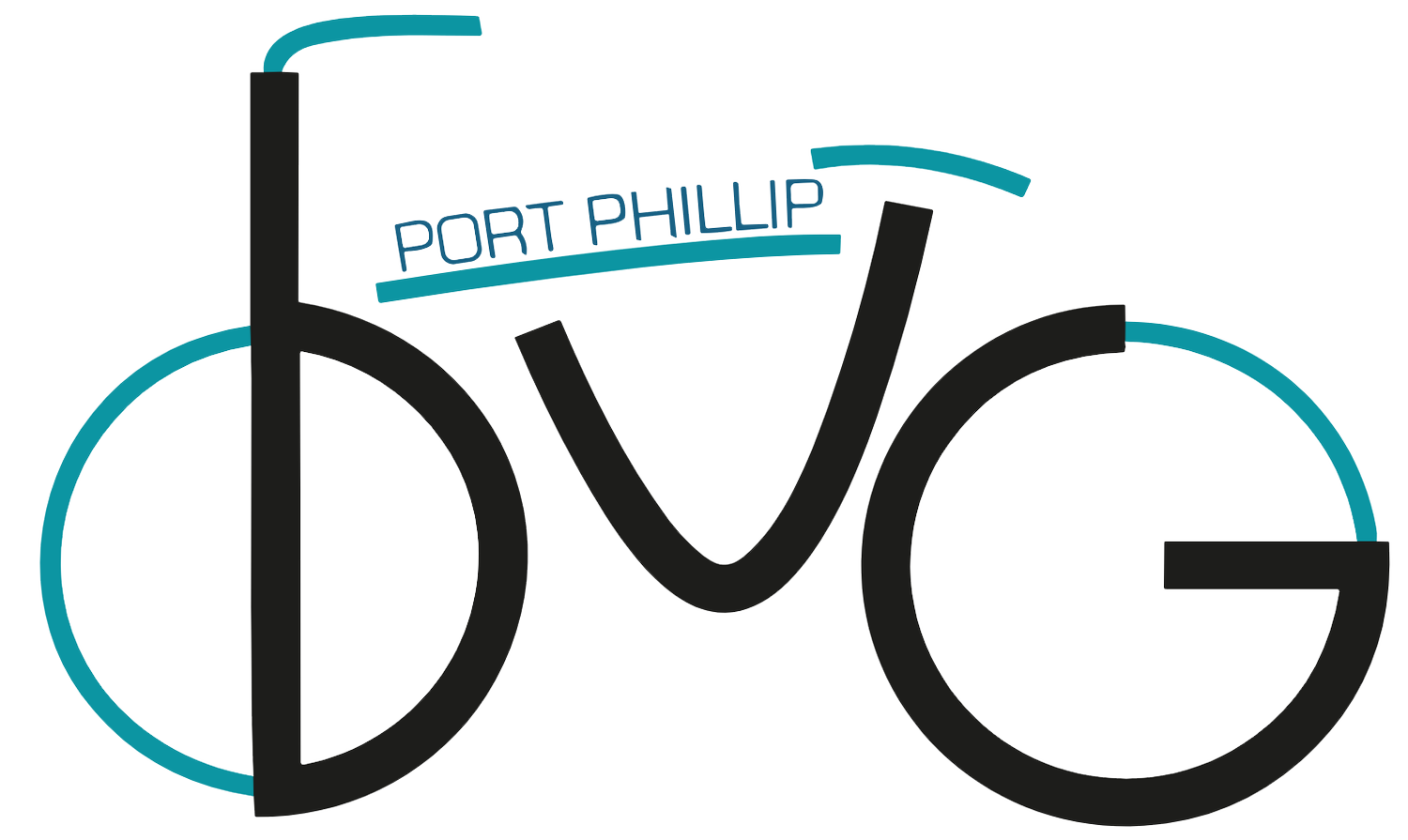An address to Port Phillip Council by Middle Park resident, and public health expert, Dr Claudia Marck, 18/9.
I’m Claudia Marck and I’ve been a resident of Port Phillip for over 10 years.
However I grew up in the Netherlands where, just like 43% of the population, I cycled daily from a young age so I’m a confident cyclist and know what good cycling infrastructure looks like.
I cycle almost daily from Middle Park to my work at Melbourne University. It keeps me fit and active. It’s an efficient and cost-effective method of getting to and from work as it’s faster and cheaper than public transport or driving. I should mention, I do also drive a car when I have to.
As a public health academic, I’m well aware of the range of health benefits of active transport. In Australia 55% of adults don’t reach recommended physical activity levels and two thirds of adults and one quarter of young people are overweight. This is a major cause of chronic disease. I can also touch on the climate emergency but others have done that already tonight. So I think the benefits of promoting cycling is overwhelming. Getting more people on bikes also clears up the road for people who have to drive because of disability or other reasons.
In terms of behaviour change, science is clear that behaviour that is learned early in life is more likely to stick. So wouldn’t it be great to get kids and young people cycling to school and help them reach recommended physical activity levels and prevent overweight and associated chronic disease. For students to cycle to universities and TAFE. For people like us to cycle to work and the supermarket and not having to take the car to the gym. The biggest problem at the moment is that it’s simply unsafe to do so.
I’ll get to my point now, I’d like to ask that you prioritise safe cycling infrastructure. What does that mean? It means bike lanes that you would feel comfortable letting young kids cycle on. This means a bike lane that is physically separated from the foot path from parked cars and most importantly, physically separated from the road. If there is no physical barrier, it means cars, taxis, Ubers, delivery vans and trucks will use bike lanes as an overtaking lane, pick up spot, loading zone or swerve into when they’re looking at their phone. This is a reality for me every single day. I get cut off, pushed into the traffic by parked cars pulling out, get doored, have to go onto the road because it’s blocked etc. This doesn’t happen on bike lanes with physical barriers.
As a driver, I also prefer a physically separated bike lane, as it can be scary overtaking cyclists on narrow roads.
So in conclusion, a safe network of connected bike lanes should be priority for a healthy and active community. I hope you can find a way to prioritise a continuous separated bike lane on Park St as part of the domain precinct master plan.





